|
by Ryan Goebel, with photos by Alicia MacLeay and Ryan Goebel
Official Results and More Photos:by Julie Millard These days, you can’t get much for 5 bucks. A cup of fancy coffee, a movie rental, a gallon of gas…or a delightful 5k at the Baptist Church in Smithfield. I last ran this family friendly race in 2012, and it was easy to convince Lindsey Madison and Ron Peck to join me this year. The modest entry fee, the prospect of running early to beat the heat, the tantalizing assortment of prizes, and the promise of a post-race breakfast at Early Bird were all powerful selling points.
Clearly, most Central Maine Striders appreciate a bargain (what other club offers a year-long family membership for only $20?), and so I was not surprised to see several other members at the venue. Camp Manitou was also well represented with counselors and what seemed like dozens of young campers in the field of about 50 runners. The out-and-back course along the shores of North Pond seemed like a walk in the park compared to my most recent 5k, but it could have been the nostalgia for simpler times that propelled me through to the finish. The Striders cleaned up, winning many of the age group awards, and proudly claimed several loon-themed items, including a pillow, mug, and towel, as well as maple syrup and homemade jam. The race lived up to my memory as one of Maine racing’s “hidden gems,” an all-around great way to spend a Saturday morning in July with friends! By Martha Nadeau According to the race organizers: "THIS SCENIC COURSE ON THE ST. GEORGE PENINSULA BEGINS AT DRIFT INN BEACH IN PORT CLYDE. IT OFFERS SOME FANTASTIC VIEWS OF THE MAINE COAST AS IT WINDS ITS WAY TOWARDS THE LIGHTHOUSE, DOWN THROUGH THE VILLAGE OF PORT CLYDE, AND ENDING BACK AT DRIFT INN BEACH". This annual race is located just south of Rockland/Thomaston, for those not familiar with the area. After a 1-1/2 drive from my house, the small parking lot had already been filled and I had to locate parking on the road, which isn't easy to find since the road is fairly narrow. Having done this race before, I was aware this might be the case and allowed some extra time. Snagging a prime spot, I head to the folding table set-up in the small dirt parking lot, to register. Registration can be done ahead, by printing out the form and sending a check for $15 or on race day for $20, between 7:30-8:30. T-shirts were guaranteed, if registered ahead, but I lucked out and there were choices available to me. This parking lot is also where the port-o-potties are located. TMI? I don't think so. Following the kids fun run, at 8:30, the 5k starts at Drift Inn Beach, heading uphill, taking a left turn up and down the hilly road to the amazing turnaround that is Marshall Point lighthouse (cue Forrest Gump-yep, the lighthouse from the movie). While the turn stops short of the lighthouse, itself (because it would be a nightmare for all those runners to crowd the walkway out and back-and selfies?-who could resist that opportunity? The race would come to a standstill.) We take a turn around an orange cone, and with the ocean on our side, we head back down and then another uphill, taking a left that opens to a view of the Port Clyde waterfront, and a nice recovery downhill to take in the scene. Passing the Monhegan ferry terminal and the ice cream store, the right turn takes us through a quinessential Maine small town. Yep, the Post Office is decorated with lobster traps. A last right turn, with a brief, but brutal uphill, leads back downhill to the finish line, where the volunteers record times with pen and paper. This year I wanted the whole experience, so I ran the lowtide flats, to jump into the ocean. After everyone had finished, awards were handed out and prizes given to fastest overall and age group winners. It is a must to go to the lighthouse and visit the museum. If you have patience, you may even get a picture alone at the lighthouse. This race is part of an annual festival, complete with yard sale and cornhole tournament. Details will be available on their website (but not easily found) at www.stgeorgemaine.com and on Facebook at St George Parks & Rec. by Lindsey Madison 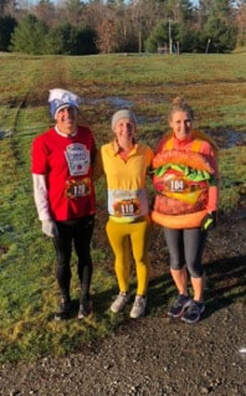 To close out the summer, Quarry Road Trails hosted the inaugural Quarry Road TrailFest with a 5k fun run and 15k challenge trail race on October 30th. I have my sights set to tackle my first Half in Millinocket in December, so I was eager to get my mileage up. What better way than a 15k trail race through the woods of Quarry Road Trails? To add to the fun, two other Striders and I dressed up with the theme of "Cook-out Essentials", dressing as a Hamburger (Heather Cable), Ketchup (Ron Peck), and Reye's Mustard (myself). The course was two laps of a 7.5k loop. It started in the middle of the big field near the yurt, followed a single track trail up The Big Hill, and then joined with South Koons to head down the hill. We then did the North Koons loop before continuing across the field, and down the hill toward the stream. We followed along the Messalonskee Stream for a stretch and then returned to the big field to repeat the loop. The race was advertised as a challenge and with the hills and water features, it lived up to the hype without being extreme. The single track trail up The Big Hill was dry and leaf free, making the climb nearly pleasant. Watching my steps over the rocks and roots distracted me enough from that lactic acid burn building up in my legs. Sailing down the South Koons trail (also leaf free) was practically delightful! At the bottom of the hill, the boggy trail that ran along the Messalonskee fulfilled the promise of the race director, Jeff Tucker. My shoes did indeed get soaked, despite my best efforts to hop over the puddles (ponds) in the trail. Overall, the race was quintessential type II fun! The after party was a perfect reward. It featured beer from Cushnoc Brewing, grilled food from Grandpa's Kitchen, an awards ceremony, and a raffle. It was an all around pleasant time relaxing and chatting with the other runners. I am looking forward to tackling this race again next year! Full race results from the Quarry Road TrailFest 5k and 15k races can be found here. by Heather Cable 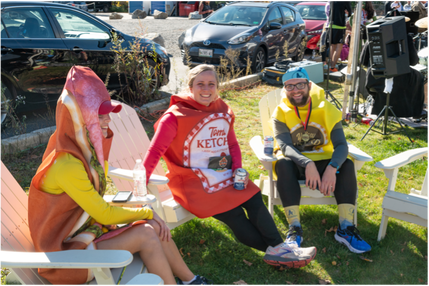 For some reason, I have always been compelled to get a hot dog costume and run in it… It’s probably because going around saying, “well hot dawg!” is oddly compelling. On October 29th, I finally decided to give it a try at the Wicked 10k with my brother and his wife, dressed as mustard and ketchup, respectively, who were running the 5k. The race was full of other runners wearing a variety of costumes which made for an interesting and fun experience. The day started off cool which was perfect considering the full body hot dog costume I was wearing. As I toed the line, I figured I would just take it easy and have fun with it. Shooting for my typical easy run pace. That all changed when the air horn went off signaling the start. As the run started, my legs were moving surprisingly comfortably despite the outfit I chose to wear. Since there was a dual start for the 5k/10k, there was no way to tell who was competing in which event or gage where I was in the 10k pack, so I just tried to maintain the comfortably hard pace. Once we completed the first loop, 10k runners continued for a second and the field decreased to me and another runner I had been with for nearly the whole race. It was at this point that I realized I may win this thing… as a hot dog. We cruised along the beautiful coastal course for a second loop and came in for the finish. I was the first hot dog finisher/first female finisher!
Note from the editor: On the very next day, Heather ran a very difficult 15k course at the Quarry Road Trailfest in Waterville dressed as a hamburger.
by Heather Cable On Saturday, October 15th 42 runners gathered at the Kennebec River Rail Trail in Augusta for the Save Your Breath 5k. This event is a fundraiser to help support Free ME from Lung Cancer's mission to conduct research, help uninsured high-risk patients get access to early detection via low dose CT scans, help single-family low-income homeowners get access to radon air abatement systems, and to establish Covid relief funds in Maine hospitals to help keep the high-risk patients and front-line workers safe. There was a great showing for Central Maine Striders! Sapan Bhatt was the 2nd male finishing with a time of 18:44.43 behind 1st place male finisher Kyle Simmons of Lewiston who had a time of 17:51.54. Heather Cable finished as the 1st overall female finisher with a time of 19:56.35, while Lindsey Madison was first for her age group. Jason Gredlics and Karl Foss rounded out the Striders finishers with times of 33:40.07 and 44:39.18, respectively. More Save Your Breath 5k photos, courtesy of Maine Running Photos, can be found here.
Full Results 1 320 Kyle Simmons 17:51.54 5:45 37 M Lewiston 2 312 Sapan Bhatt 18:44.43 6:03 33 M Waterville 3 372 Benjamin DeMerchant 19:49.74 6:24 35 M Augusta 4 394 Heather Cable 19:56.35 6:26 29 F Augusta 5 386 Preston Walling 21:21.30 6:53 29 M Gardiner 6 318 Steven Dubois 21:45.63 7:01 50 M Lisbon Falls 7 384 Adam Schoff 22:08.24 7:08 38 M Farmington 8 395 Heather Freeman 22:57.35 7:24 27 F Smithfield 9 331 Alice Cregg 23:37.71 7:37 51 F Buckfield 10 385 Sarah Martin 23:53.38 7:42 56 F starks 11 344 Phoebe Olcott 24:09.95 7:47 11 F Brunswick 12 382 Susan A Olcott 24:12.04 7:48 45 F Brunswick 13 397 Lindsey Madison 25:03.85 8:05 34 F Waterville 14 307 Ryan Grant 25:52.47 8:21 13 M Sabattus 15 398 Lizzie Baker 25:57.13 8:22 41 F Harpswell 16 373 Bart Shattuck 26:04.80 8:25 65 M Winslow 17 327 Marsha Brown 26:47.15 8:38 44 F Augusta 18 336 Tina McGillicuddy 27:48.15 8:58 43 F Lisbon 19 349 Rikki Garcia 27:50.34 8:59 31 F Clinton 20 399 Dylan Dillaway 28:14.38 9:06 44 M Vassalboro 21 313 Leah Hultstrom 29:47.28 9:36 21 F York 22 326 Johnida Dockens 29:49.09 9:37 50 F Searsport 23 319 Sue Kistenmacher 30:57.81 9:59 68 F Farmingdale 24 370 Julie Keithley 31:10.43 10:03 51 F Chelsea 25 392 Catharine Audette 31:49.56 10:16 43 F Winthrop 26 388 Vicki Bennett 32:08.04 10:22 52 F Weld 27 371 Carol Hope 32:12.23 10:23 56 F Sutton 28 314 Lauren Schoff 32:54.53 10:37 22 F Cape Neddick 29 317 Nathan McGillicuddy 33:05.60 10:40 13 M Lisbon 30 329 Jason Gredlics 33:40.07 10:52 33 M South Portland 31 375 Jennifer Small 34:02.70 10:59 53 F Richmond 32 393 Melissa Hannon 34:53.91 11:15 52 F Kents Hill 33 383 Norann Garcia 35:42.51 11:31 33 F Clinton 34 321 Kasey Hutchinson 37:41.22 12:09 2 F Gardiner 35 376 Rebecca L Grant 38:00.96 12:15 42 F Sabattus 36 389 Reagan Grant 38:01.04 12:16 11 F Sabattus 37 379 Nancy Morin 39:19.32 12:41 51 F Winthrop 38 323 Taylor Coutts 43:33.46 14:03 12 F Augusta 39 325 Samantha Coutts 44:23.12 14:19 40 F Augusta 40 390 KARL FOSS 44:39.18 14:24 41 M Waterville 41 396 Marcus Hall 44:39.26 14:24 44 M Waterville 42 324 Holly Morgan 57:28.71 18:32 43 F Augusta by Ryan Goebel On October 9th, runners and volunteers gathered at Waterville's Quarry Road Recreation Area for the 3rd annual Central Maine Striders Fall Classic 10k road race. Beautiful fall colors graced the trees and frost covered the ground as runners checked in for the race on this cool Sunday morning. Before the start of the race, it appeared that the men's race had the potential for a speedy battle between Bar Harbor's Judson Cake, former Thomas College runner Harrison Mosher, and Messalonskee High runner Pierce Coughlin, with Striders Drew McCormick and Ron Peck hoping to stick with the pack. For the women's race, Strider Heather Cable looked to be the favorite amongst the open runners, but the Master's Women division looked to be tight with one-third of all runners falling into this category. In the end, Harrison Mosher took the crown with a time of 36:27, besting JudsonCake by 31 seconds. However, Cake did earn the prize for the top Men's Master runner. Heather Cable did indeed nab the overall woman's spot with a time of 42:18, nearly seven minutes ahead of the next fastest woman. Strider Katherine Collins grabbed the award for the fastest Women's Master runner, with a time of 49:38.
by Ryan Goebel with photos from the AYCC On Saturday, August 20, runners gathered at the Waterville Alfond Youth Center for the annual Doc and Mardie Brown 5k. Former Central Maine Striders members, Doc and Mardie Brown exemplified the spirit of our club, with both of them being active well into their 90's. This run is held in their honor and even includes an award for the oldest finisher. After running a modified course laster year due to construction on Mayflower Hill Drive, the race returned to its traditional course which includes running up the big hill from North Street to Colby College in the first mile. While almost every runner who has ever run this race has very strong opinions about this hill, most runners can agree that it's (mostly) downhill for the last 2 miles of the race. From start to finish, the race was led by Joshua Way, former Waterville resident and young speedster who was temporarily back in the state with his family. The last time that Way ran Doc & Mardie was 2020, which was also the last time the course including the big North Street hill. That year, as a 14-year old, he placed second to Eli Caret. This year, Way finished with a blistering fast time of 16:41, which not only improved upon his time from 2020, but also bested Caret's time from that year. Andrew Knightly, a 50-year old runner who drove down from Orono for the race, came in 2nd with a time of 17:57. Braden Rioux, a Winslow High School runner, placed third with a time of 18:43. Rounding out the top 5 were Striders Ryan Goebel (18:46) and Drew McCormick (19:04). Leading the women were Messalonskee High School cross country coach Vanessa Holman (22:17) and Winslow High School runner Addison Pellerin (22:30). Longtime Strider Ron Paquette once again picked up the award for the oldest finisher. At the awards ceremony, he joked with Race Director Patrick Guerette that he should stop reminding him that Paquette is the oldest. Guerette replied that it must not bother Paquette too much, because he keeps coming back every year. Besides the ten children that completed the youth fun run, this year's 5k featured some impressive times by a couple of future all-star runners, including 10-year-old Sawyer Wess (24:38) and 8-year-old Cora Wess (32:30). Keep an eye out for these two in future Doc & Mardie 5k's and other area races! Official Results for the 2022 Doc & Mardie 5k: https://my.raceresult.com/215715/results Youth 1-Mile Fun Run Results: https://runsignup.com/Race/Results/10338#resultSetId-334089 Photos: https://runsignup.com/Race/Photos/ME/Waterville/DocMardie5kandYouth1MileFunRun by Ryan Goebel with photos from Quarry Road Trails The summer of 2022 marked another summer of Tuesday night trail racing at Quarry Road Trails in Waterville. This year was a transitional year, as there was a gap between outgoing Quarry Road program director Justin Fereshetian and the new program director Jeff Tucker. In the meantime, Patrick Guerette, Koren Coughlin, and a team of other volunteers including many Central Maine Striders stepped up to keep the series going.
Zach Ross narrowly edged Pierce Coughlin for the overall series win. Alanna McDonough was the top overall female runner. Patrick Guerette (3rd place overall) achieved the highest place amongst Central Maine Striders members, with Vice President Kate Scott getting the highest place amongst the women Striders. On August 16 after the final race of the series, race director Jeff Tucker handed out series awards and conducted a lucky draw raffle in which a lot of the runners who stuck around won some fabulous prizes. Thank you to all of the runners and volunteers who continue to make this series a success year after year! by Mark Fisher The Central Maine Striders were well represented at this year’s Mount Washington Road Race. The race resumed a single day event with a mass start and all were anticipating a great edition to the summit climb in 2022.
I want to thank in particular the volunteers for this year's event. We shifted from our multiyear Saturday tradition of trash pickup (no jokes here please) to Friday registration parking duty. The weather was pleasant and it was enjoyable to ensure safe entry, parking and exit for all the runners and support people.
Linda Fisher Beth Keller Greg Keller Jon Chapin Patrick Guerette Mark Fisher This is a unique and wonderful event and the organizers again did a great job (we all still feel that additional porta potties would be an excellent idea). Striders running this year (in no particular order): Ron Paquette Dean Rasmussen John McGinty Chris Chadwick Jon Chapin Patrick Guerette Mark Fisher Greg Keller Mike Lansing |
Categories
All
Archives
July 2024
|
|
All current dues-paying members of the
Central Maine Striders receive a 10% discount at RunningWarehouse.com |
Copyright © 2015-2020 - Central Maine Striders, Inc.

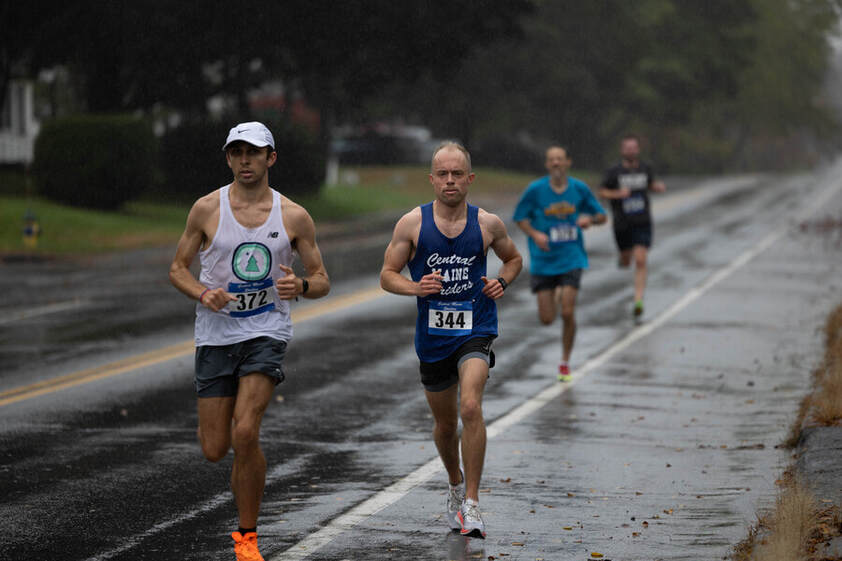
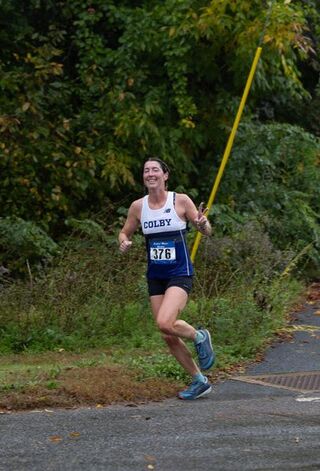
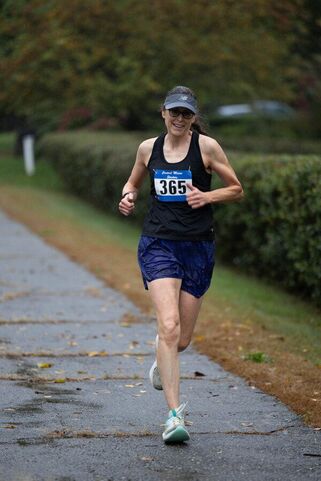
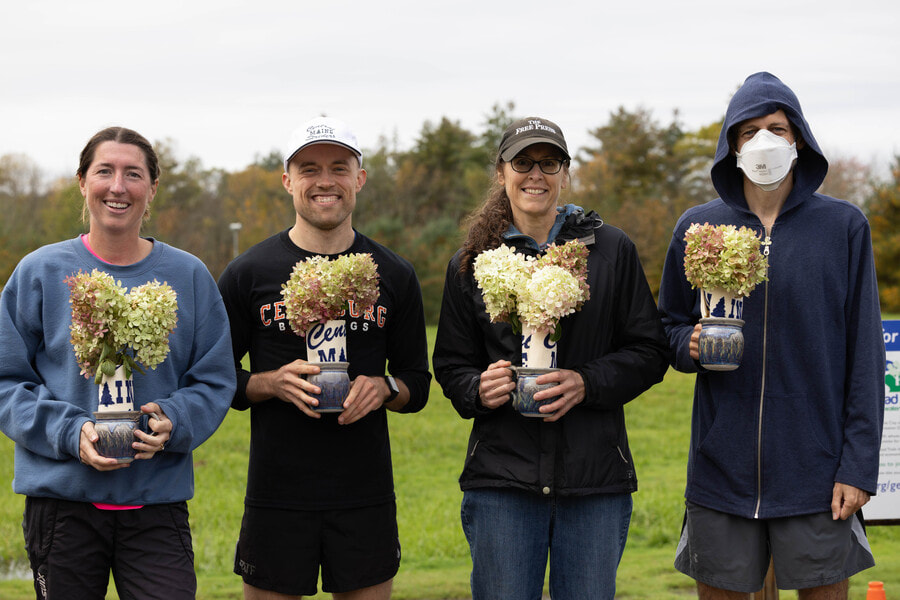
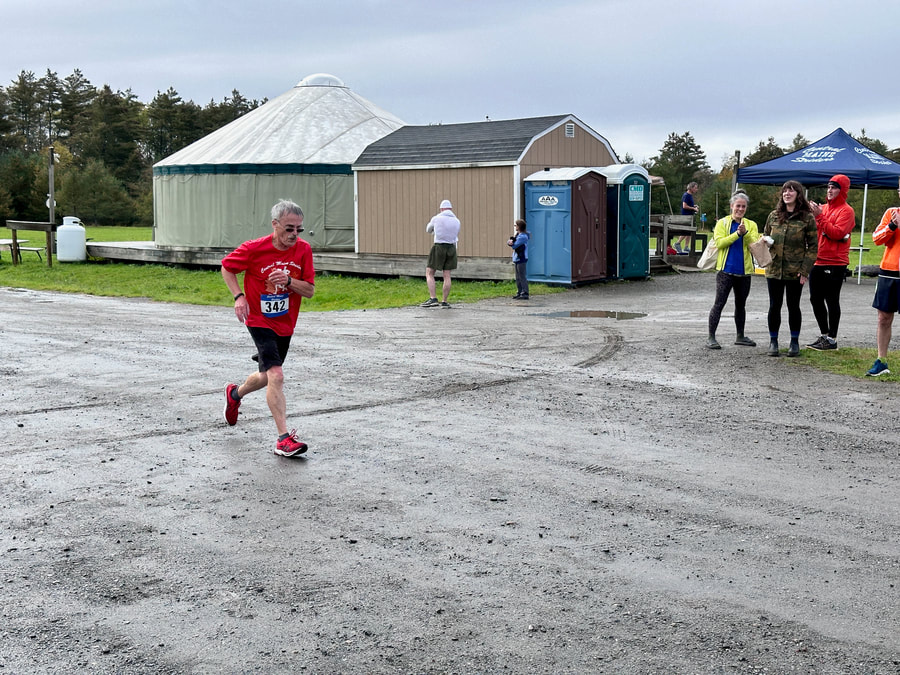
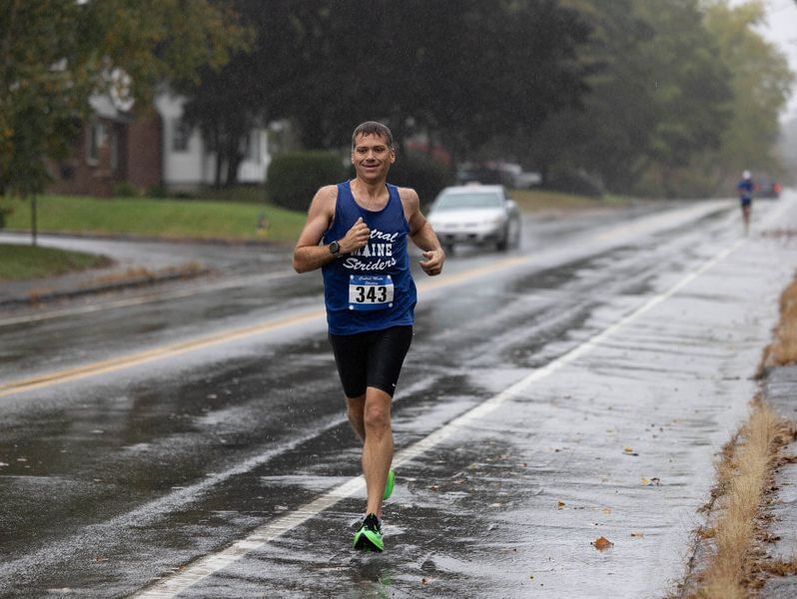
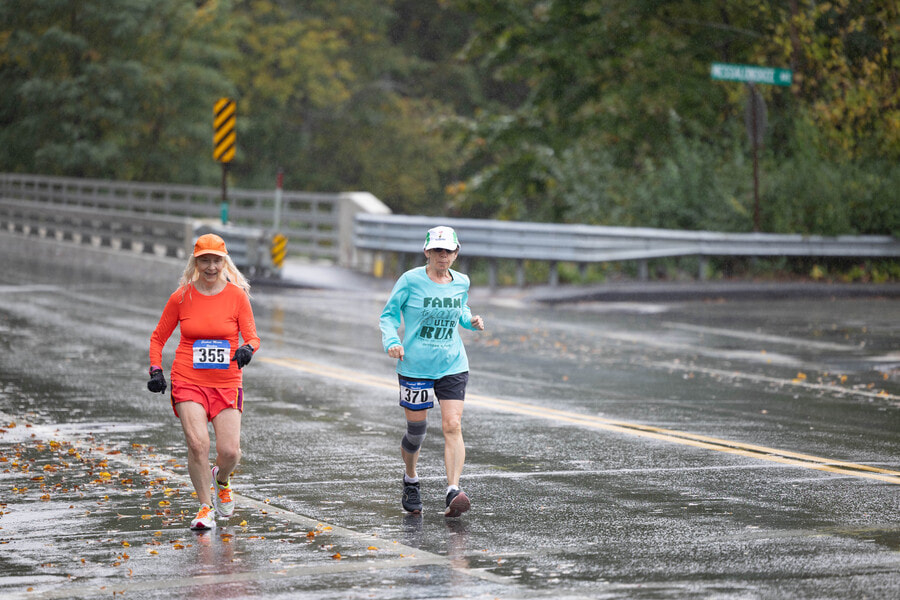
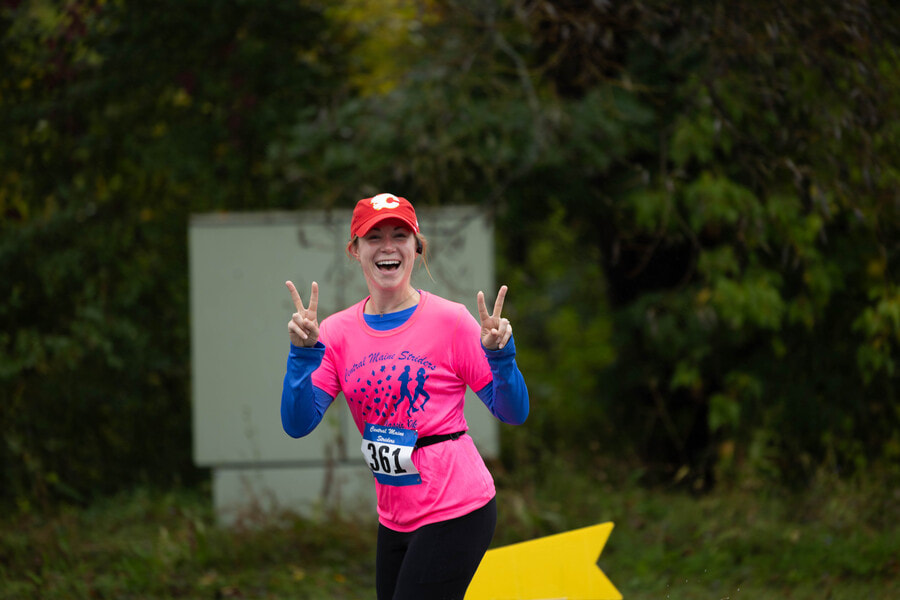
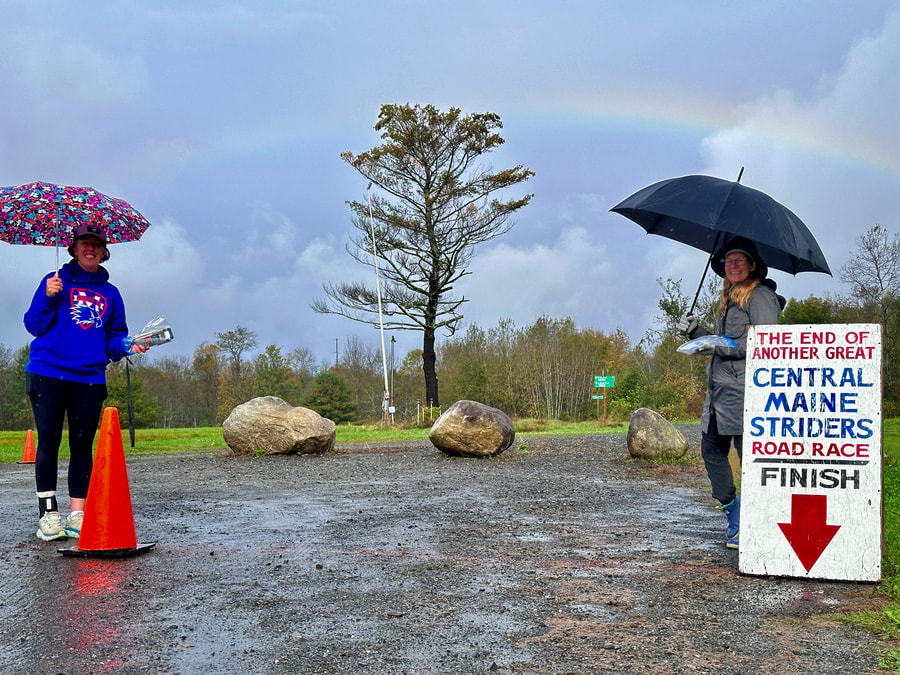
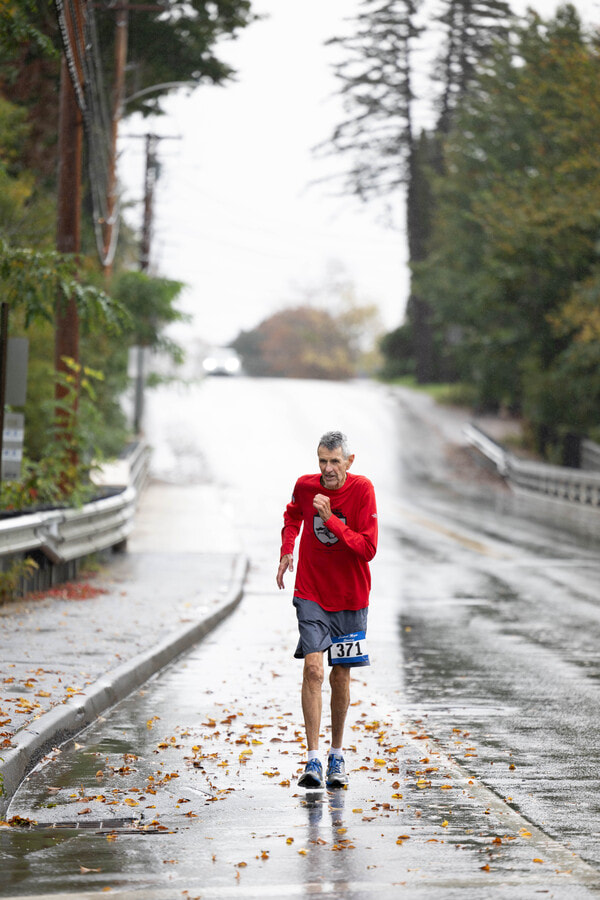
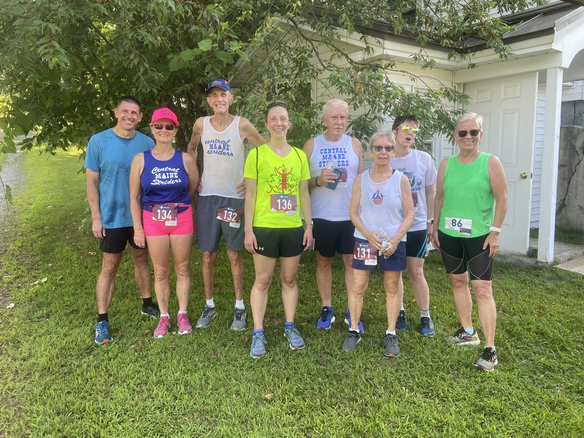
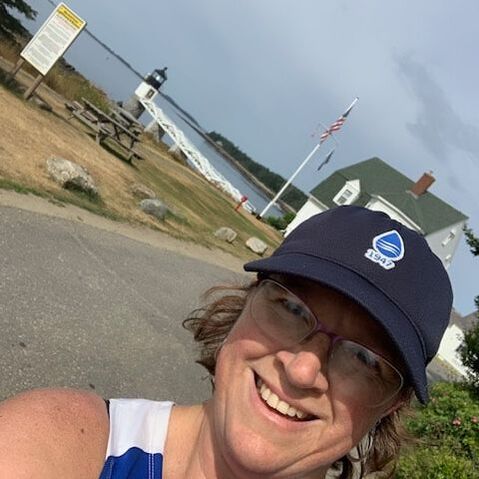
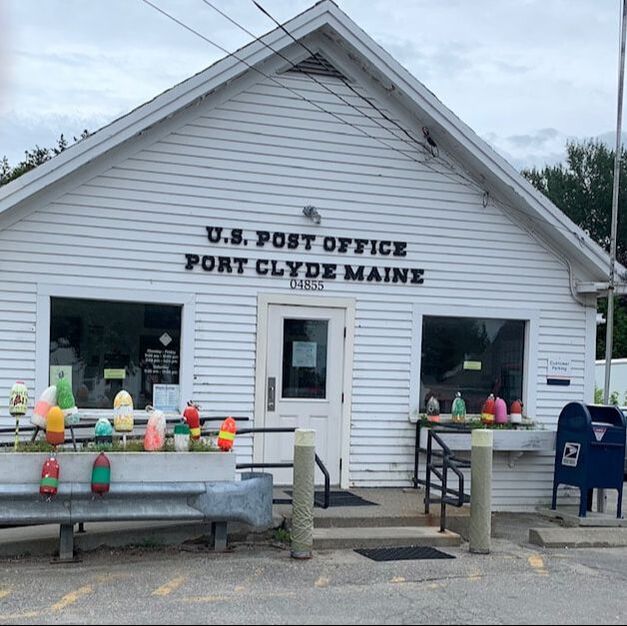
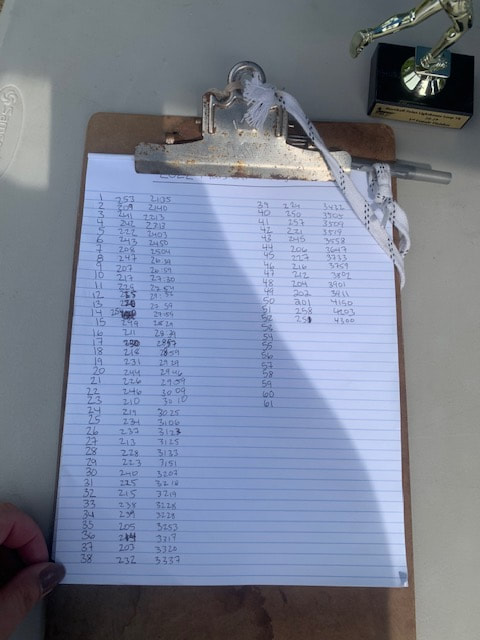
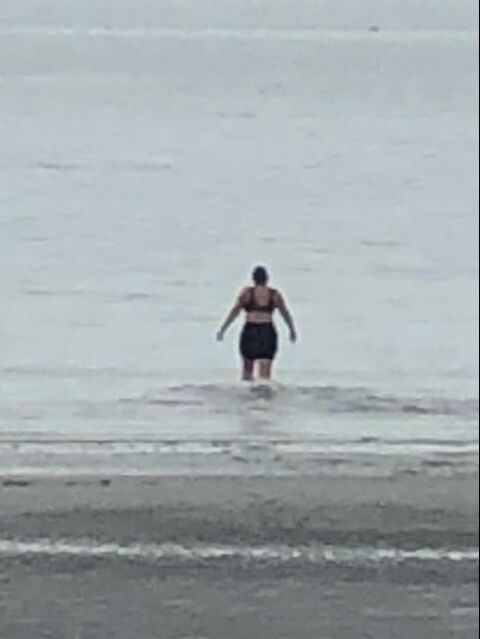
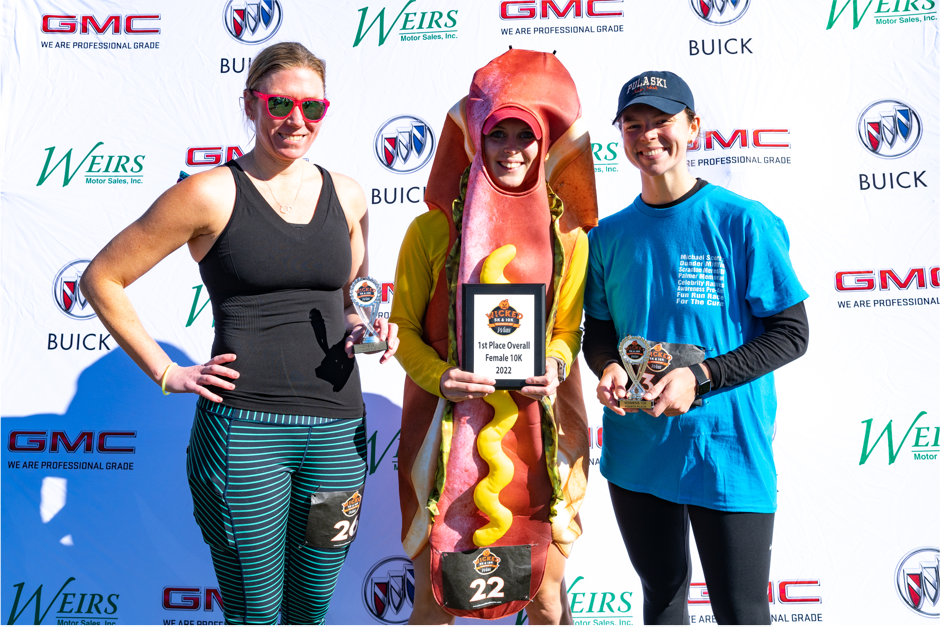
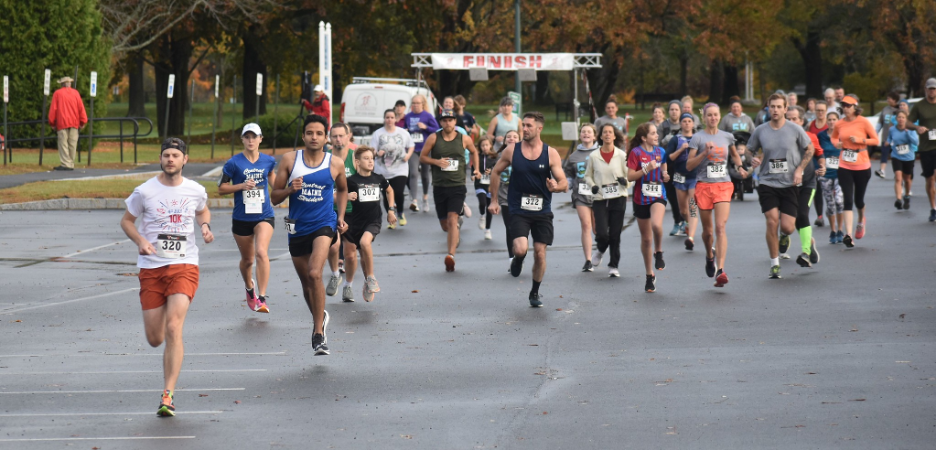
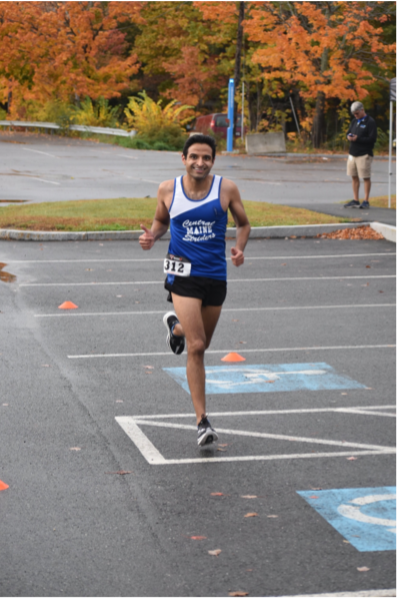
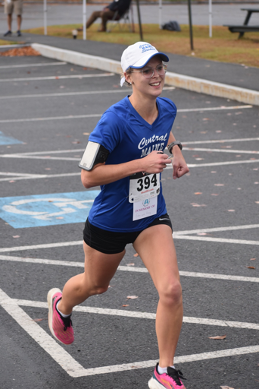
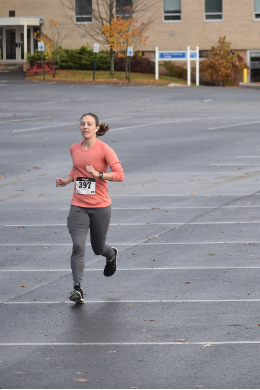
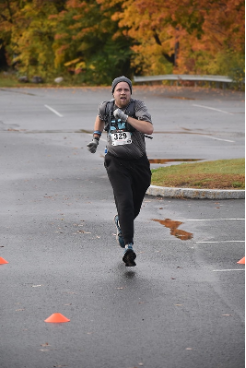
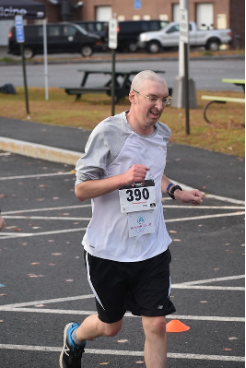
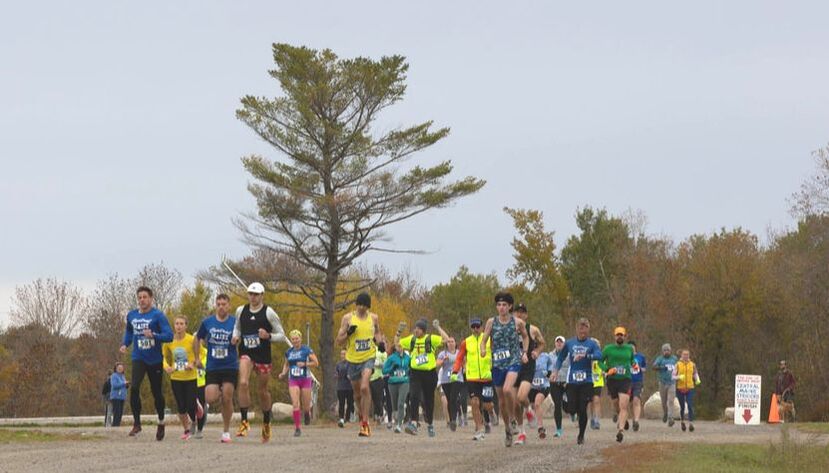
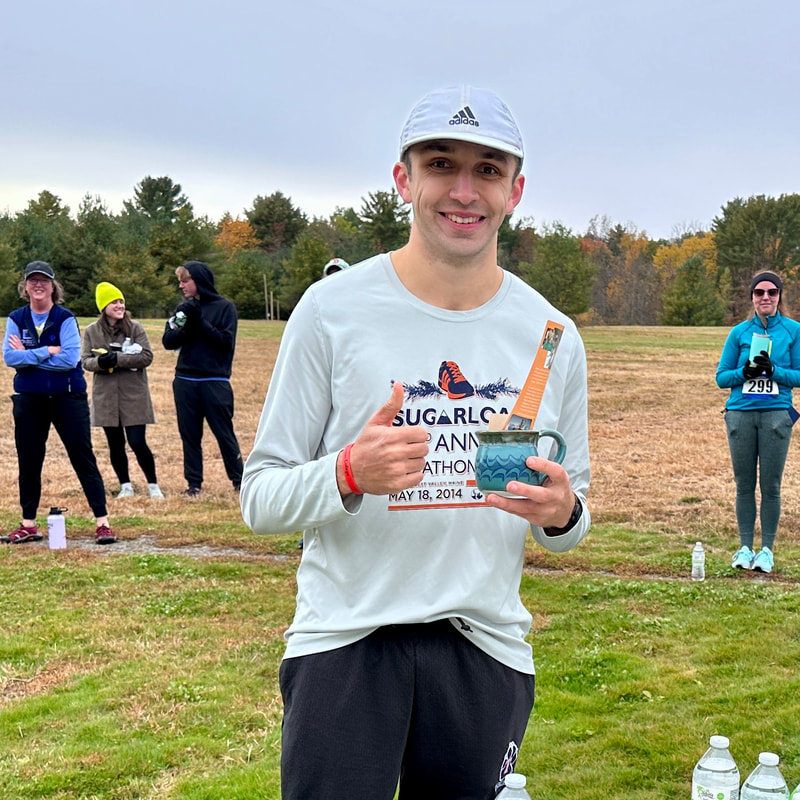
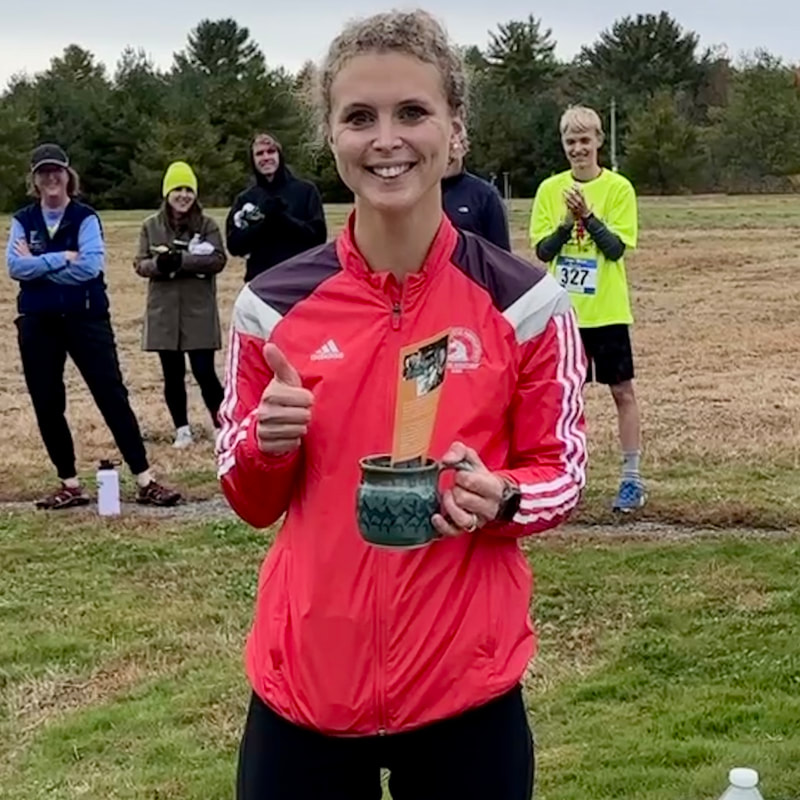
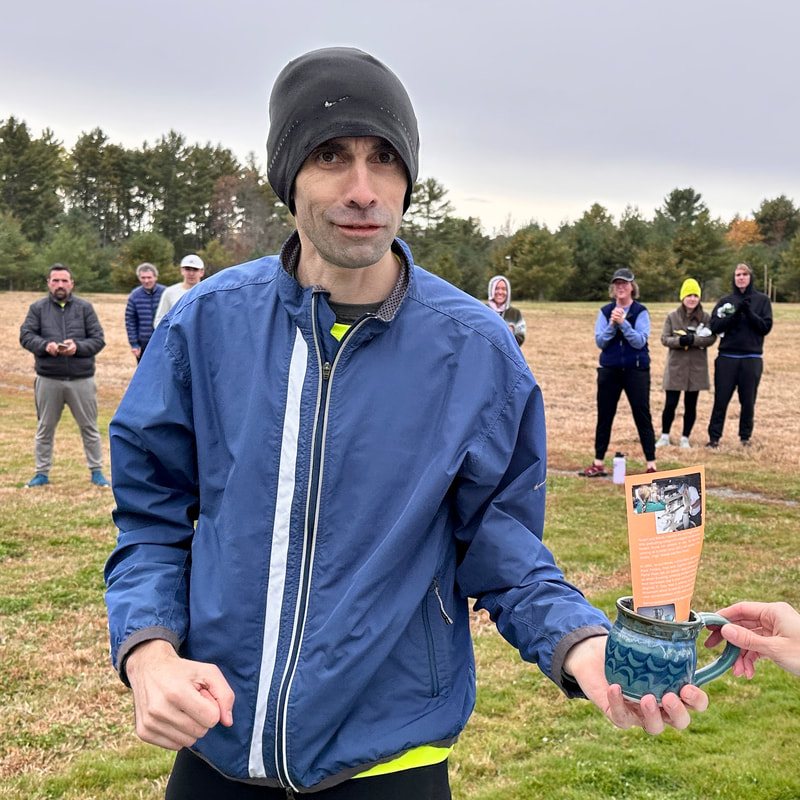
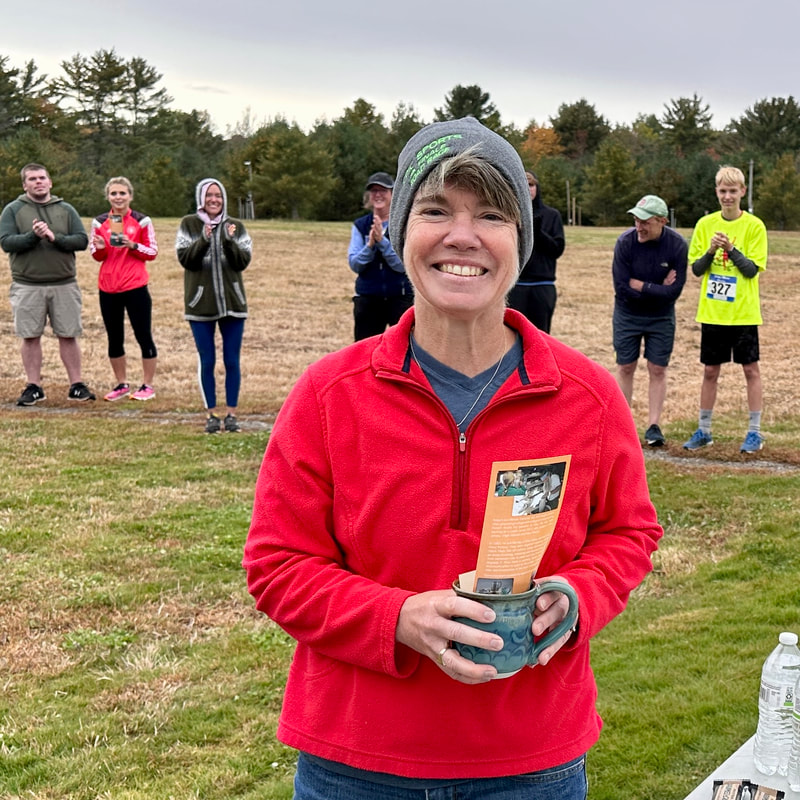
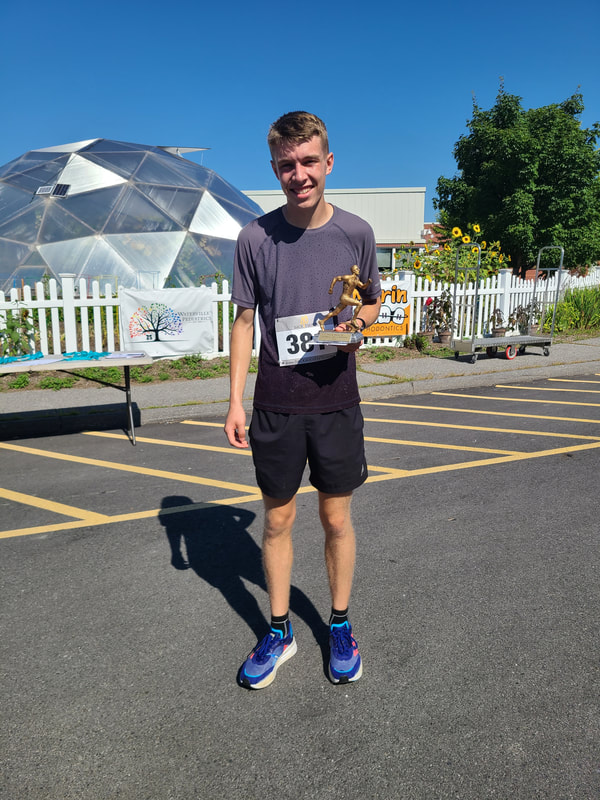
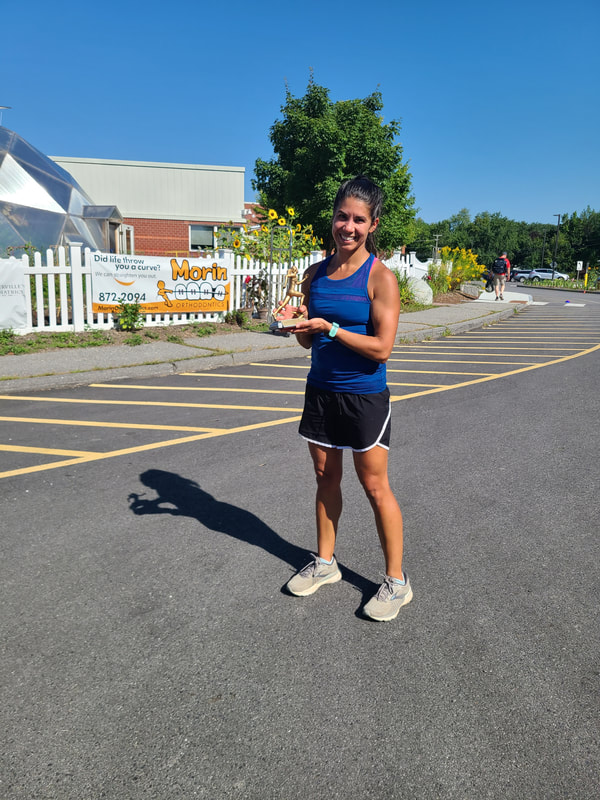
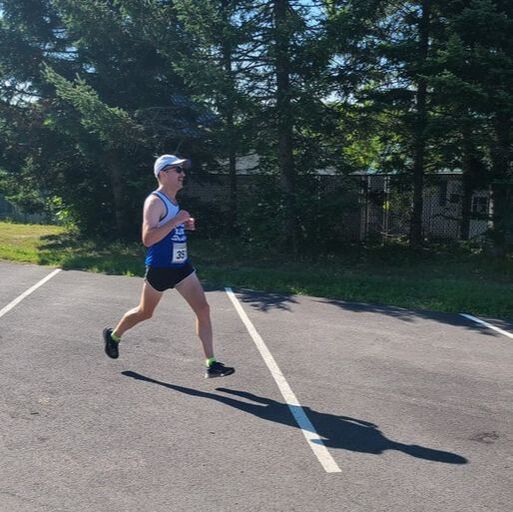
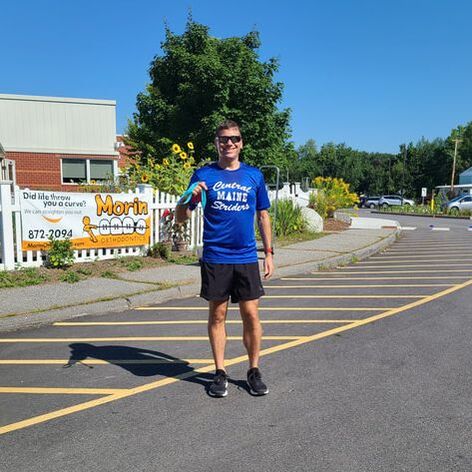
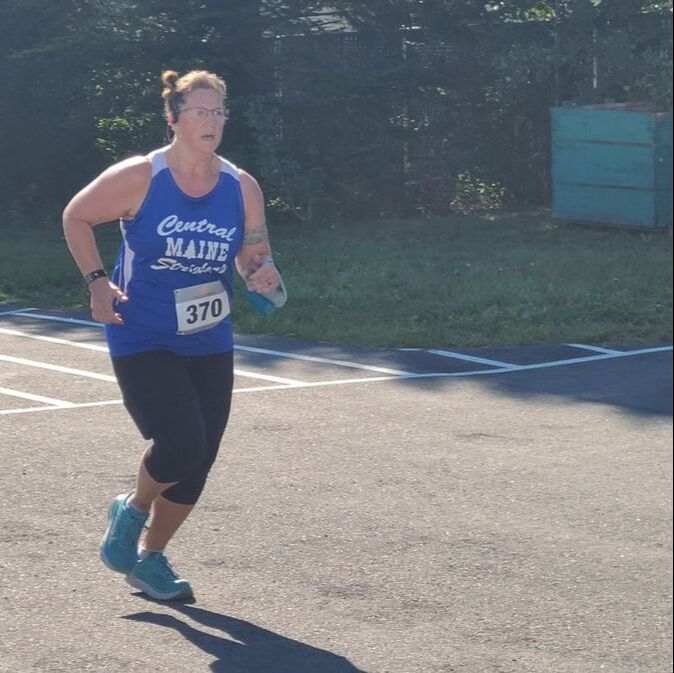
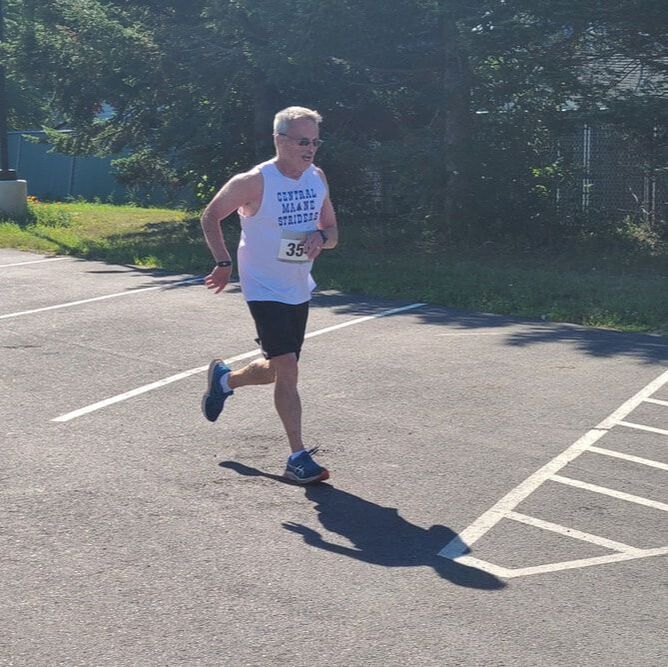
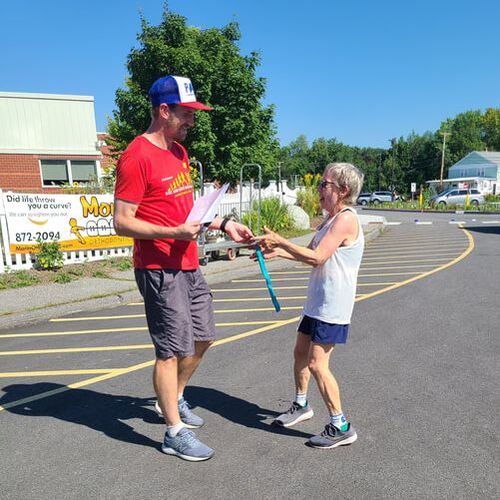
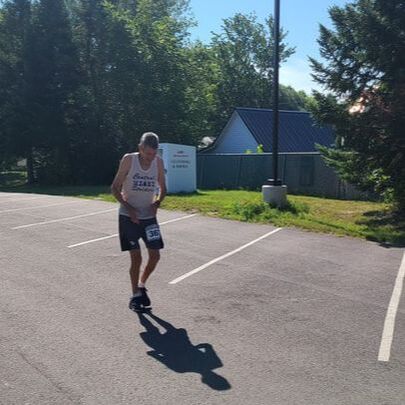
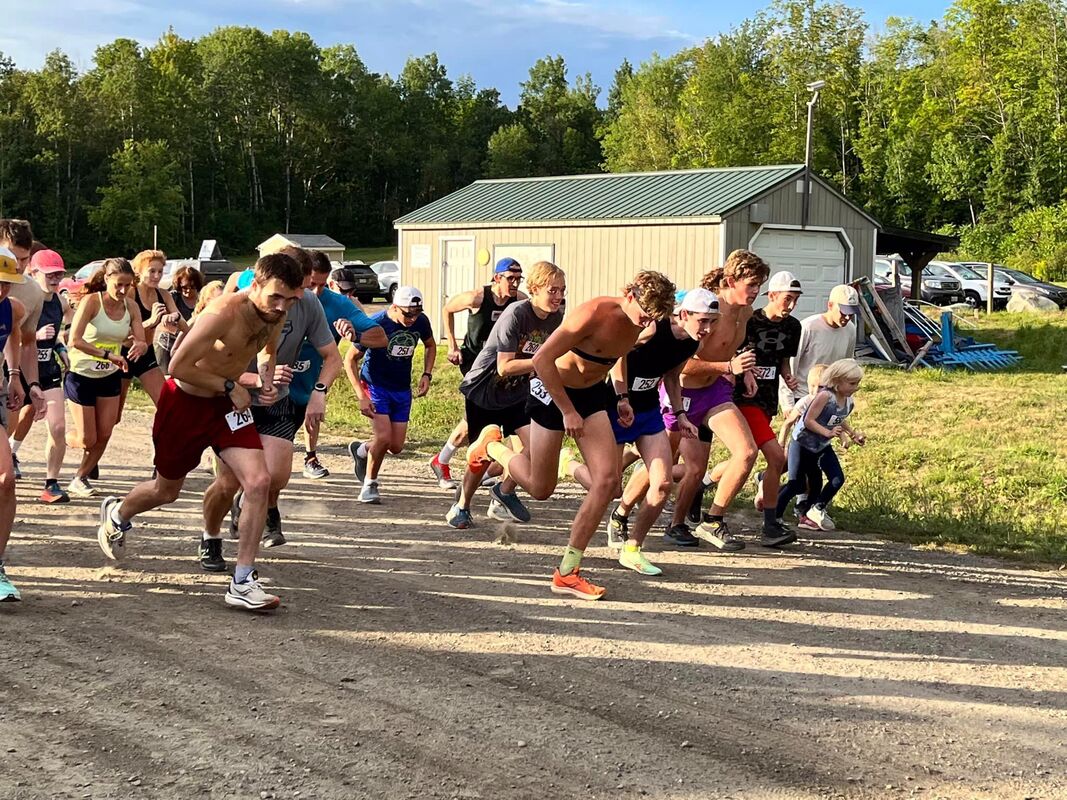
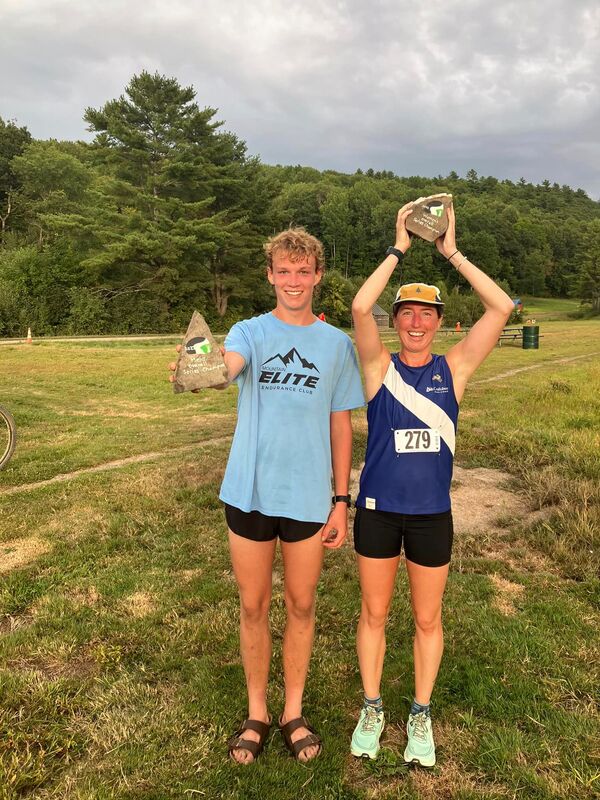
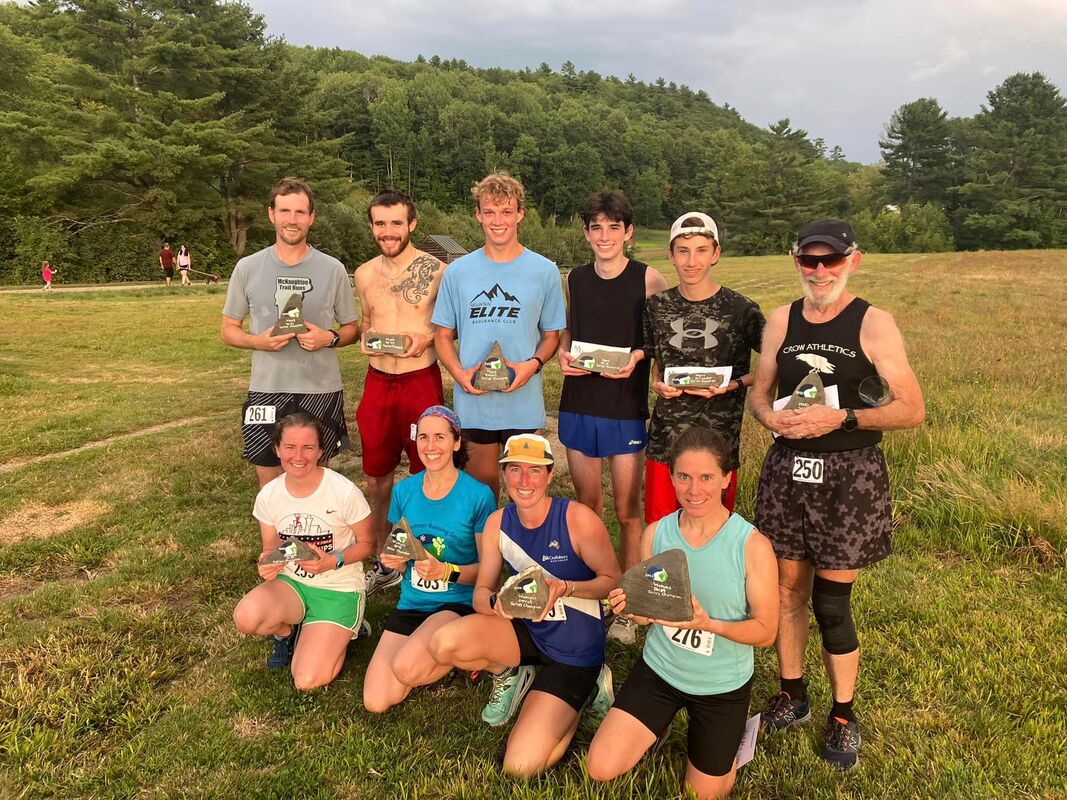
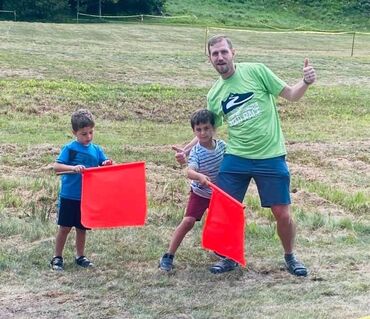
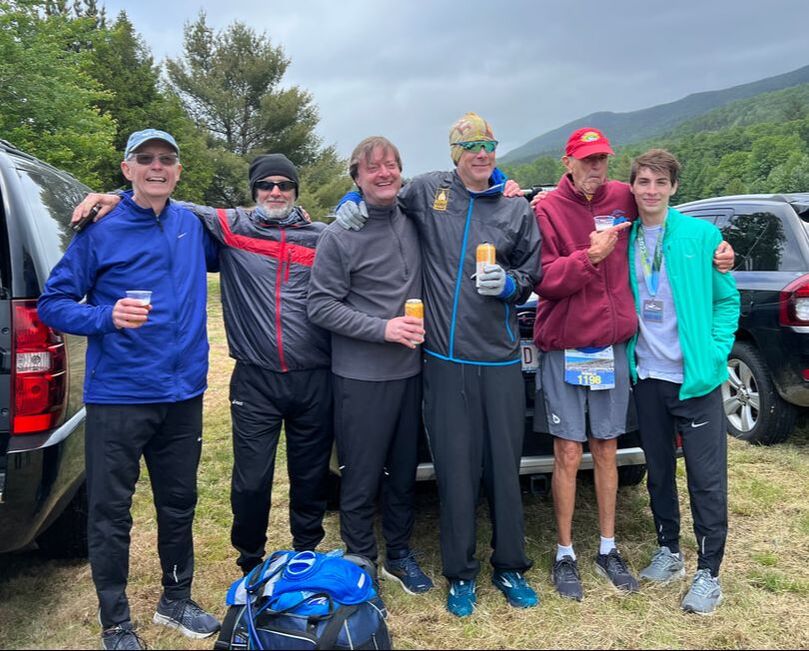
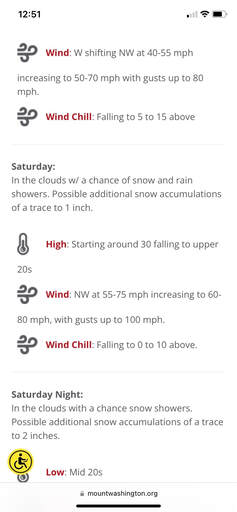
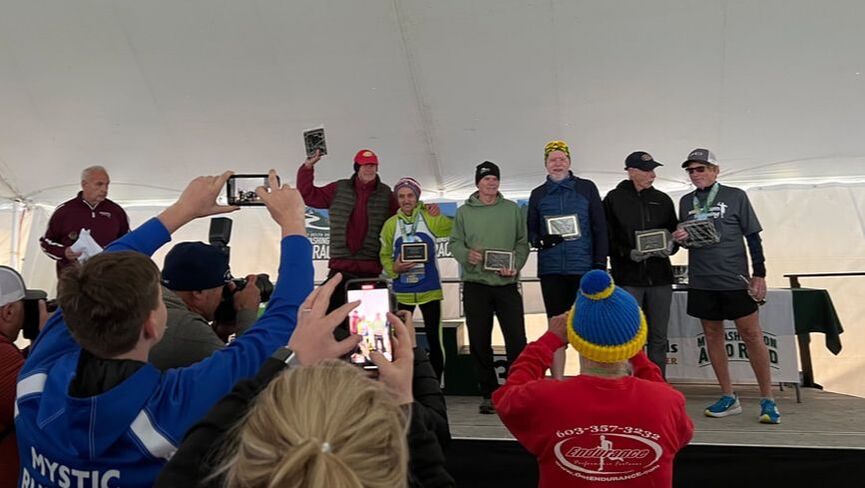
 RSS Feed
RSS Feed

